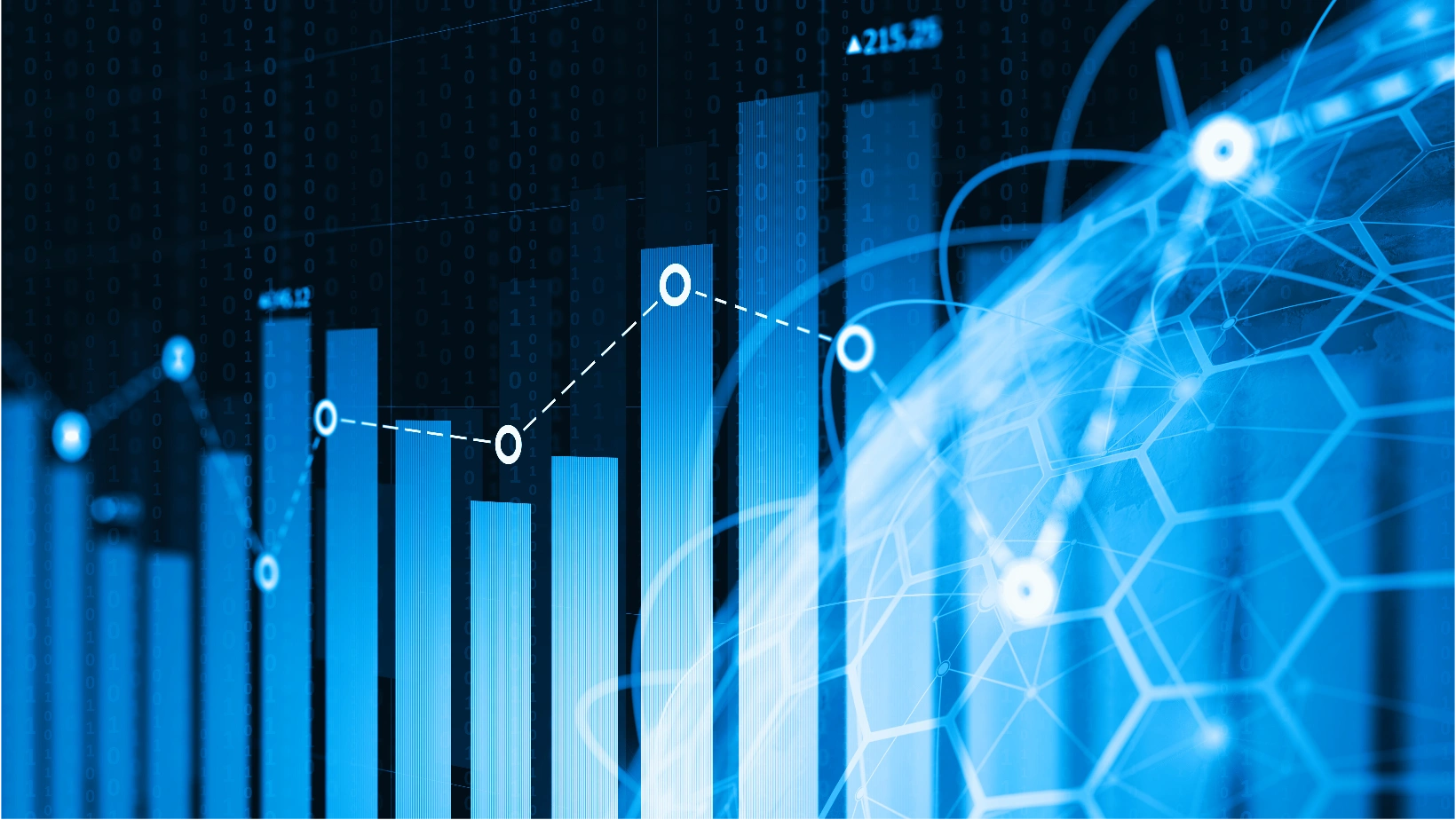Integration of Artificial Intelligence and Machine Learning:
- The fusion of AI and ML into data analytics will become more pervasive, facilitating real-time data processing and predictive analytics.
- Organizations will leverage these technologies to uncover hidden patterns, forecast trends, and automate decision-making processes.
Edge Computing for Real-Time Analytics:
- Edge computing will gain prominence, allowing data processing closer to the source, reducing latency, and enhancing decision-making in industries like healthcare, manufacturing, and automotive.
Augmented Analytics:
- Powered by AI and ML, augmented analytics will automate data preparation and insight generation, enabling business users without technical expertise to perform complex analyses through natural language interactions.
Data Privacy and Ethics:
- With increasing data collection, there will be a heightened focus on data privacy and ethical considerations.
- Organizations will need to implement robust data governance frameworks to ensure compliance with stringent regulations and maintain user trust.
Multi-Cloud and Hybrid Cloud Solutions:
- The adoption of multi-cloud and hybrid cloud strategies will enable organizations to optimize data storage and processing, enhancing flexibility and preventing vendor lock-in.
Data Fabric Architecture:
- Data fabric architectures will streamline data management by providing a unified view across diverse sources, supporting real-time integration and self-service data access.
Graph Analytics:
- The use of graph analytics will rise, allowing organizations to analyze relationships between data points, beneficial for fraud detection, network analysis, and recommendation systems.
Natural Language Processing and Conversational Analytics:
- Advancements in NLP will facilitate more intuitive interactions with data, enabling users to query and analyze information through conversational interfaces.
Convergence of IoT and Big Data:
- The integration of IoT devices with big data analytics will open new avenues for insights, particularly in predictive maintenance and real-time monitoring.
Quantum Computing:
- Developments in quantum computing will begin to influence data analytics, offering the potential to solve complex problems more efficiently than traditional computing methods.
Key Takeaway:
To remain competitive, organizations should proactively adopt these emerging data and
analytics technologies, focusing on integration, real-time processing,
ethical data use, and flexible cloud strategies. Staying ahead of these trends
will be crucial for driving innovation and achieving business success in 2025 and beyond.
